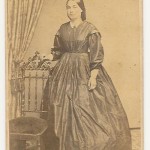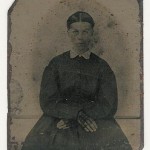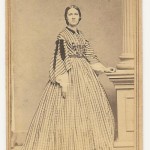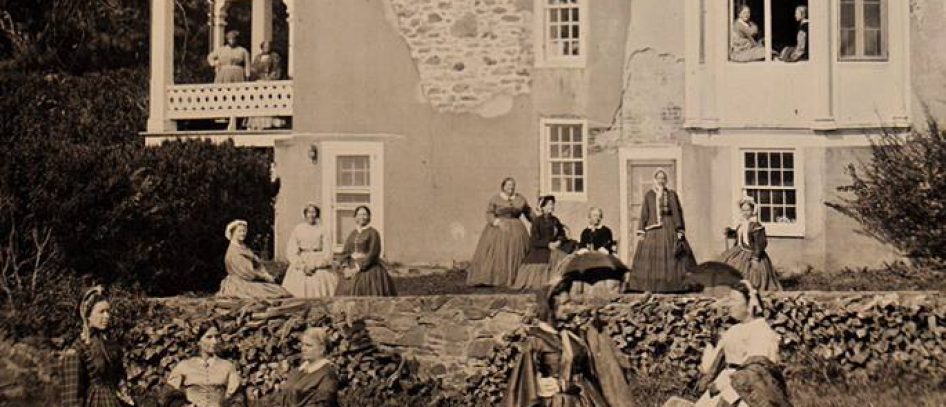“Don’t think I want to dress fine like her…in the past I would like to have had occasionally dress enough to wear into the society that education and nature fitted me for.” A Rebel Wife in Texas: The Diary and Letters of Elizabeth Scott Neblett 1852-1864
 Everyday garments, in most instances, are not garments
Everyday garments, in most instances, are not garments you would wear working in the garden or slopping the hogs; these are garments that you would wear going about your household duties. They are not a best dress such that you would wear to church or on a special occasion but are acceptable for receiving guests, making calls and running errands.
you would wear working in the garden or slopping the hogs; these are garments that you would wear going about your household duties. They are not a best dress such that you would wear to church or on a special occasion but are acceptable for receiving guests, making calls and running errands.
Daily wear, like everything else, depends primarily on your impression, and the event scenario.  If your impression is lower class your everyday dress will probably be your work dress regardless of the war year you are interpreting. Up to the middle of the war, a plain dress of cotton, wool, or silk worn with hoops is appropriate for middle class, while a fashionable wool or silk dress would be appropriate for a wealthier impression. As you move through the war years, your dress may become more worn, perhaps patched and stained, especially for a Southern impression.
If your impression is lower class your everyday dress will probably be your work dress regardless of the war year you are interpreting. Up to the middle of the war, a plain dress of cotton, wool, or silk worn with hoops is appropriate for middle class, while a fashionable wool or silk dress would be appropriate for a wealthier impression. As you move through the war years, your dress may become more worn, perhaps patched and stained, especially for a Southern impression.
For late war scenarios, again especially for Southern impressions, everyday wear will change. As fabric became scarce and expensive and clothing wore out, homespun was then utilized, old dresses were made over, secondhand clothes became more common within the middle class and better dresses moved down the hierarchy to become everyday wear and work dresses, except for the extremely wealthy.
